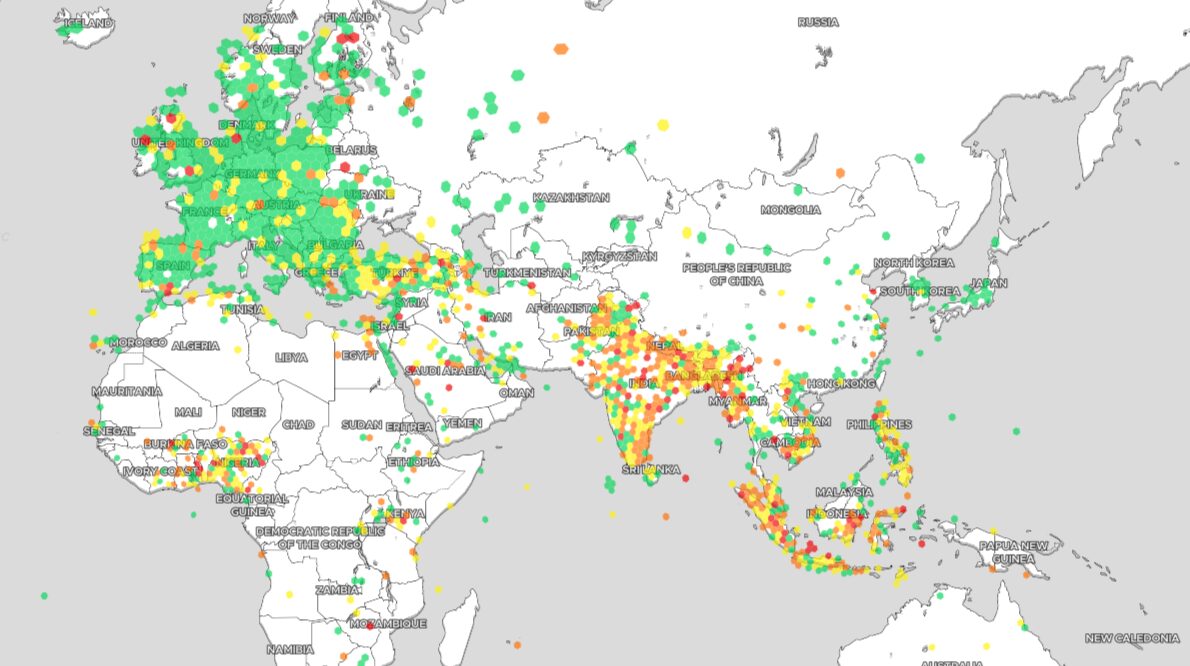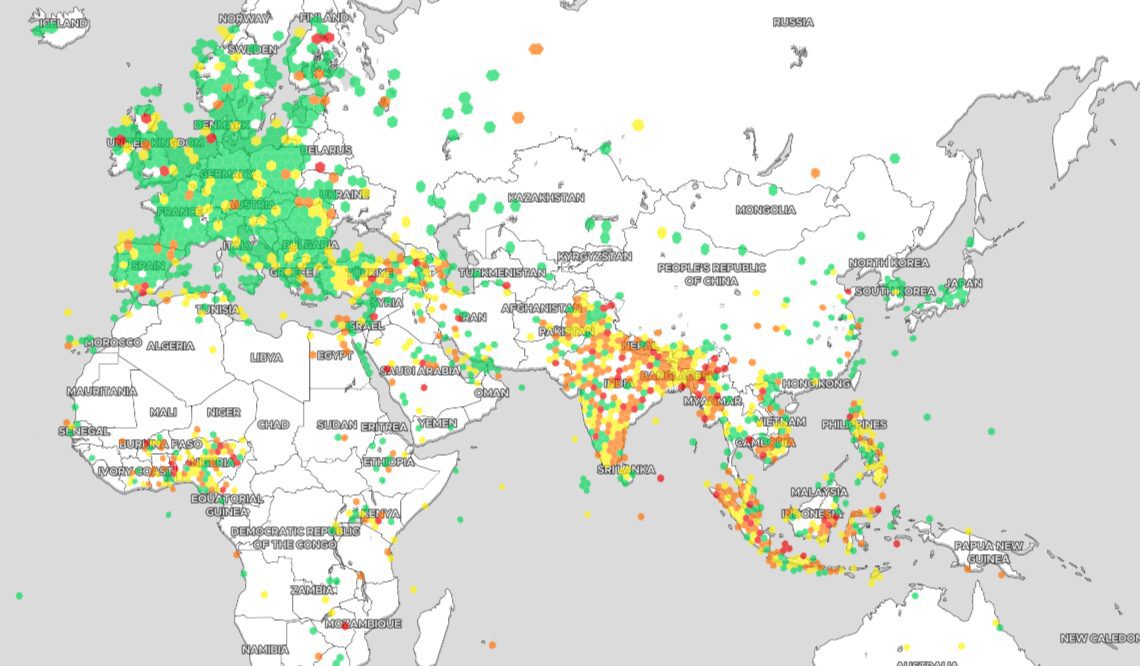The Silencio Network has over 35,000 smartphones working as noise sensors via the Peaq blockchain ecosystem in an effort to combat the issue of global noise pollution.
On Sept. 19, the Silencio Network announced its integration with Peaq as it continues to expand its reach to include more noise sensor devices. Silencio reports that the noise sensors working in its network cover 176 countries, and anticipates working on one million devices by next year.
The project calls its work “Web3 citizen science” in which community members receive tokenized rewards for providing “hyper-local” noise pollution data. Cointelegraph spoke with the two co-founders of Silencio, brothers Thomas and Theo Messerer, about the reason behind tokenizing sound data.
Thomas said the “seed” for the idea was planted over 20 years ago. Growing up with a hearing-impaired parent meant they were always sensitive to noise pollution in different places, plus their experience later deploying Decentralized Physical Infrastructure Networks (DePINs) in Europe.
“We were captivated by the concept of crowd-sourcing geodata in a decentralized way. Driven by the vision of democratizing valuable data and improving lives, we recognized the immense potential of Web3 communities to address real-world challenges, at a scale that Web2 couldn’t achieve.”
Theo told Cointelegraph that to date, Silencio has collected over a billion data points from the more than 35,000 devices employed in the Silencio network. He said the primary contributions have come from Europe, North America and Southeast Asia.

Related: 100 tokenized Teslas ‘democratize’ and ‘decentralize’ Web3 ride sharing
He pointed to Silencio’s explorer maps, which show average noise level variations from country to country. He said trends are subject to change as more data is collected and processed at the moment:
“The general trends you’ll spot there go as follows: Urban areas tend to be louder than rural ones, and the issue of noise pollution is more acute in the developing world.”
“It’s important to note that we’re still in the early stages.” He said that the company began deploying its technology on smartphones back in February. “It’s premature to determine noise levels in detail due to limited data density and variety at this point.”
Along with personal reasons for being interested in noise pollution…
Click Here to Read the Full Original Article at Cointelegraph.com News…
























